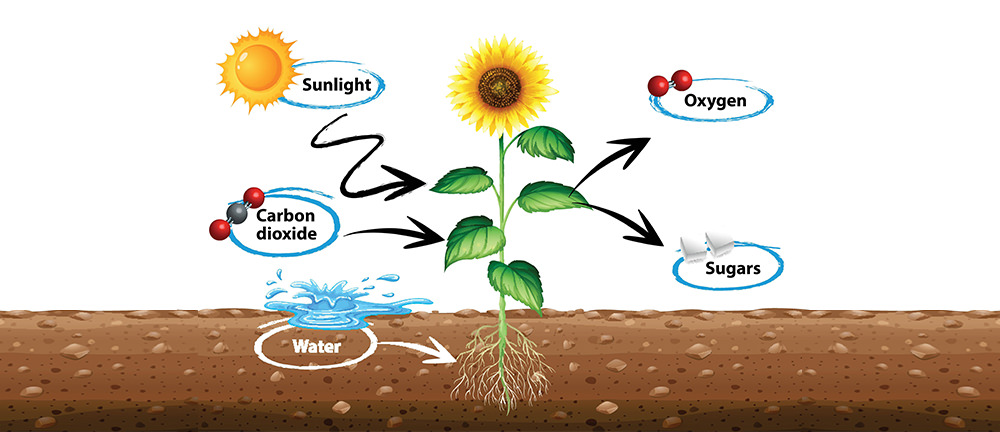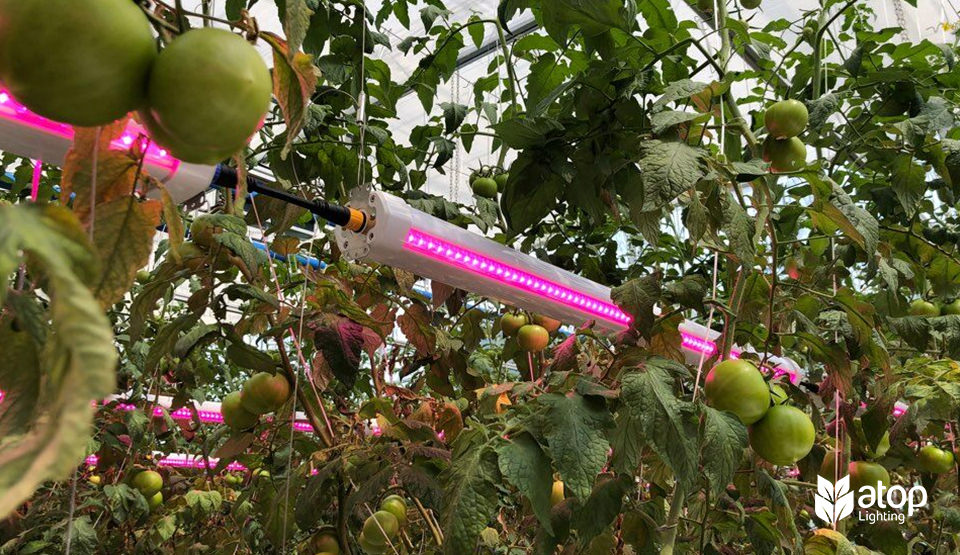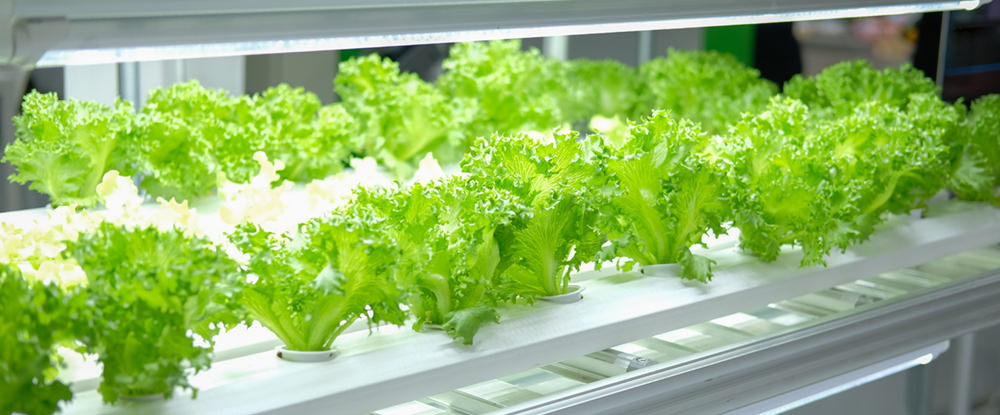How to Enhance the Flavor and Nutrition of Your Indoor Crops with LED Lights
Growing year-round, flavorful, nutrient-dense fruits and veggies is now possible - even without access to a garden!
With indoor and vertical farming on the rise, LED lighting unlocks the potential to not just maximize yields but also enhance the sensory and phytonutrient qualities of your produce. Since LED grow lights are customizable, they allow indoor growers to adjust the color, intensity, and duration of light to suit the needs of different crops and stages of growth.
Imagine biting into juicy tomatoes bursting with savory sweetness. Or lettuce and herbs boasting higher antioxidants to boost your health. With the right lighting strategies, you can grow these flavor and nutrition crops indoors.
In this blog, we will explain how LED grow lights affect plant metabolism and chemical composition. We will also show you how to choose the right LED lights for your indoor crops.
Buckle up and get ready to learn how to enhance the flavor and nutrition of your indoor crops with LED lights!
How lighting affect plant metabolism and chemical composition
One of the ways that LED lights can enhance the flavor and nutrition of your indoor crops is by affecting their metabolism and chemical composition. Plants use light to drive the process of photosynthesis, which is the process by which they convert light energy into chemical energy that fuels their growth and development. Through the processes of photosynthesis and photomorphogenesis, light drives the biochemical pathways that produce sugars, proteins, pigments, and a wide array of secondary metabolites that make up the nutritional and sensory quality of crops. Different wavelengths of light have different effects on the rate and efficiency of photosynthesis, as well as the type and amount of organic molecules produced.

Besides photosynthesis, plants also produce secondary metabolites, which are compounds that are not essential for growth but have various functions in plant defense, communication, and adaption. Some of these secondary metabolites are beneficial for human health and nutrition, such as antioxidants, vitamins, minerals, flavonoids, phenolics, terpenes, and glucosinolates. These compounds also affect the flavor, color, aroma, and texture of plants.
For example, blue light can increase the production of anthocyanins, which are pigments that give plants a purple or red color. Anthocyanins also have antioxidant and anti-inflammatory properties that can protect against oxidative stress and chronic diseases. Blue light can also increase the production of glucosinolates, which are compounds that give plants a bitter or spicy taste. Glucosinolates also have anticancer and antimicrobial properties that can inhibit tumor growth and infection.
Red light can increase the production of carotenoids, which are pigments that give plants a yellow or orange color. Carotenoids also have antioxidant and provitamin A activity that can improve vision and immune system function. Red light can also increase the production of lycopene, which is a carotenoid that gives tomatoes their red color. Lycopene also has antioxidant and anticancer properties that can prevent prostate cancer and cardiovascular diseases.

Choosing the right LED fixtures and recipes for your crops
When optimizing your indoor crops for enhanced nutrition and flavor with LED lighting, the specifics of your setup and schedules will depend on your particular varieties and growth parameters. Key factors to consider your crop types, growth stages, planting densities, and layout.
Look for LED fixtures that offer control over multiple channels and wavelengths. Variable LED lights allow you to customize spectra for each crop’s needs. Dimmable LED grow lights enables adjustable light intensity for crops in different stages.
For leafy greens and lettuces, favor higher blue light levels during germination and vegetative phases to boost antioxidants and color. Increase far-red supplementation during heading for enhanced texture and shelf-life. For herbs like basil and mint, use lower overall intensities with added far-red light for more intense aromatic oils.
For fruits like tomatoes, provide balanced red and blue light throughout, while tweaking ratios and intensity through fruit bulking and ripening to enhance sugars and carotenoids. Use targeted far-red and green supplemental LEDs once fruits start coloring for fuller flavor. Inter-canopy LED grow lights increase light penetration and distribute photons more evenly to inner portions of the plant canopy that don’t receive as much light. This helps improve uniformity in fruit size and yields.
For all crops, pay close attention to photoperiods, light intensity, and stage-specific adjustments for dialing in optimal nutrition and flavors. Work closely with experienced LED lighting manufacturers that offer high quality horticulture lighting. A flexible, customized LED lighting system and schedules tuned to each crop’s growth cycle is key to maximizing nutrition and flavor indoors.
Beyond lighting, integrating other growth factors
While LED lighting provides a major opportunity to enhance indoor crop quality, don’t overlook how other environmental factors interact with light to influence plant metabolism and composition. Factors like temperature, humidity, carbon dioxide levels, and nutrition must also be controlled to create optimal conditions for growth, quality, and flavor development.
For example, temperature affects the rate of photosynthesis, respiration, and enzyme activity of your plants. It also affects the color development and pigment synthesis of your crops. Humidity affects the transpiration and water loss of your plants. It also affects the disease and pet resistance of your crops. Carbon dioxide affects the carbon fixation and sugar production of your plants. It also affects the biomass accumulation and yield of your crops. Nutrients affect the growth and development of your plants. They also affect the flavor and nutrition of your crops. Water affect the turgor pressure and cell expansion of your plants. It also affects the texture and juiciness of your crops.
By using LED grow lights and integrating other growth factors, you can achieve the best results for indoor crop.

The potential for LED lighting to take indoor-grown fruits, vegetables, and herbs to new heights of phytonutrient content and sensorial quality is thrilling. By understanding how light influences plant metabolism and chemical pathways, growers can purposefully optimize spectra, photoperiods, and intensity to enhance the nutritional and flavor profile of crops. Choosing variable or dimmable LED systems allow you to create customized lighting regimes for each crop variety and growth stage.
If you are ready to explore using LED lighting strategies to enhance the quality of your indoor crops, contact our team of horticulture experts. We can assess your operation and provide customized LED systems and recipes to help you grow truly flavorful, nutritious crops that will delight your customers.


